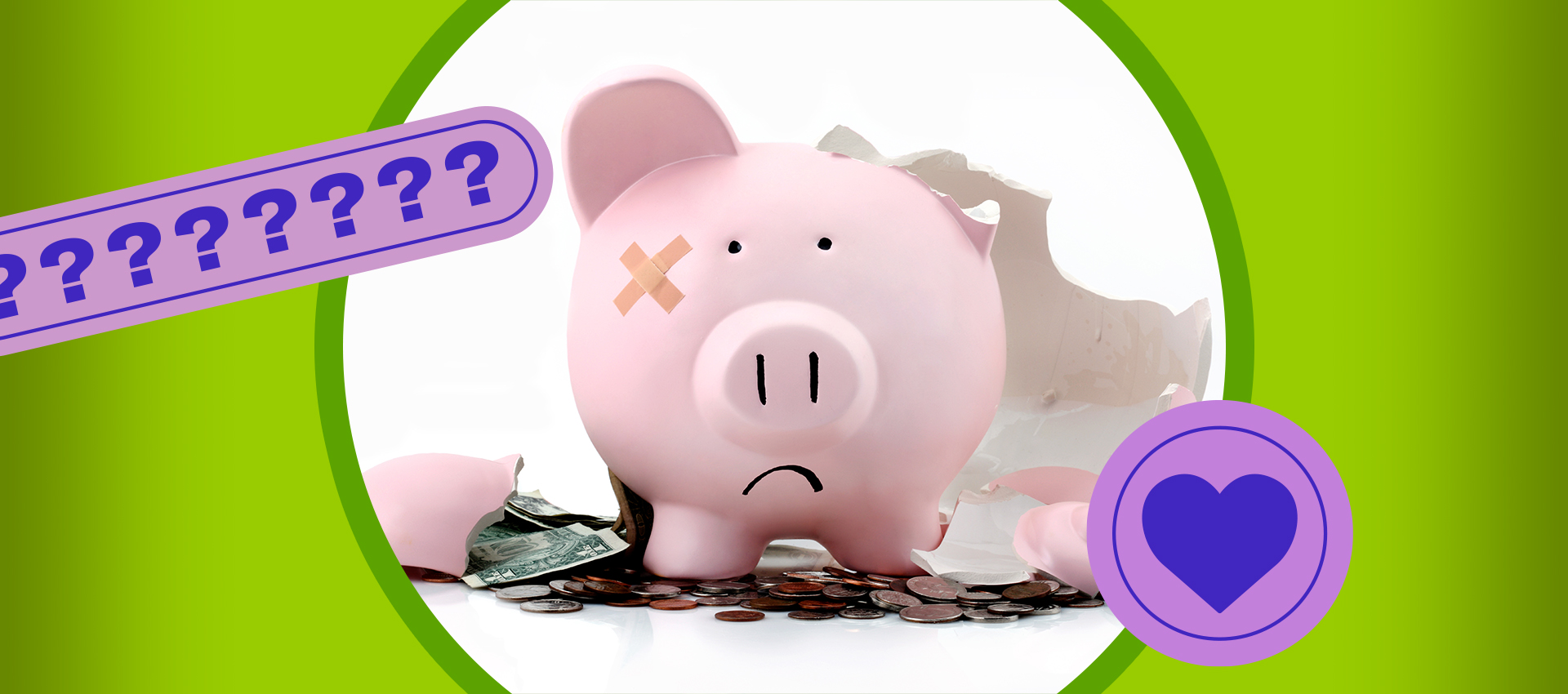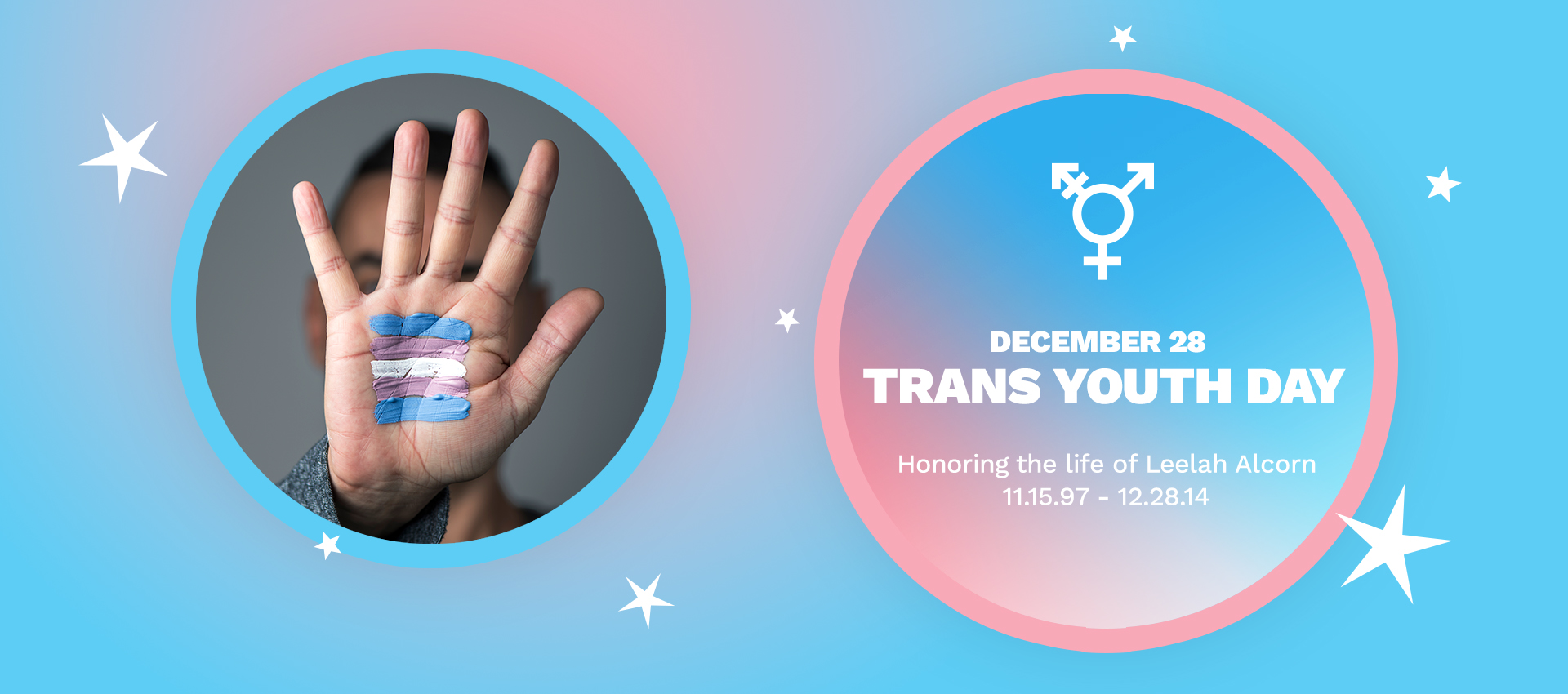Learn about endometriosis causes, symptoms, effects and treatments.
Endometriosis is a common gynecological condition that affects the uterus lining in about 2-10% of those who have a vagina and are of childbearing age. The term endometriosis comes from the word “endometrium,” which is the tissue that lines the uterus and womb.
This tissue builds up and, during the menstrual cycle (AKA your period), it sheds. In most cases, this means you’re not pregnant.
However, endometriosis makes this tissue grow outside of your uterus. It can grow on other reproductive organs, such as the ovaries, fallopian tubes, outer surface of the uterus or tissues that hold the uterus in place.
As you go through the hormonal changes of your menstrual cycle, this misplaced tissue builds up and breaks down as if it was inside your uterus. But instead of giving you your period, endometriosis can cause bleeding inside the pelvis that leads to inflammation, swelling or scarred tissue.
If there is misplaced tissue built up on your ovaries, this can cause a fibrous cyst, where scar tissues gather and become a lump, or endometrioma, the most common form of endometriosis.
What causes endometriosis?
While researchers are unsure of the direct cause of endometriosis, some possible causes include:
- Problems with menstrual period flow
The most likely problem with menstrual flow that causes endometriosis is retrograde menstrual flow, where some of the tissue is shed during your period that flows through the fallopian tube into other areas of the body.
- Genetic factors
Research shows that endometriosis can run in your family and that it may be genetic. This means your grandmother, mother, sister or daughter could have the condition.
- Immune system problems
It’s believed the immune system may fail to find and destroy the tissue that grows outside of your uterus. Immune system disorder and certain cancers are more common with individuals with endometriosis.
- Hormones
It may be that endometriosis is from a problem with the body’s hormone system. Hormones like estrogen appear to promote endometriosis.
- Surgery
Some surgeries to the abdominal area, such as a C-section or a hysterectomy, may cause the endometrial tissue to be moved by mistake, potentially setting off endometriosis.
Endometriosis symptoms
Pain
Pain is the most common symptom of endometriosis. It includes painful menstrual cramps, long-term pain in your lower back and pelvis, pain during sex, intestinal pain, painful bowel movements or pain when urinating during your period.
Irregular bleeding or spotting between periods
This is a common symptom for many reasons other than endometriosis. If you notice that bleeding or spotting is happening often, talk with doctor or find a healthcare provider near you.
Infertility
Infertility, which is the inability to get pregnant or difficulty becoming pregnant. If you’ve been attempting pregnancy through regular sexual intercourse without using birth control for a year or longer without success, infertility may be the reason.
Stomach or digestive problems
This may include diarrhea, constipation, bloating and/or nausea, usually whenever you have your period.
Can endometriosis be cured?
Endometriosis cannot be cured but it can be treated with medications and surgery.
Prescribed treatment like medication usually starts with birth control to help regulate your hormones and your menstrual cycle.
There are birth control methods that can extend or even shorten your menstrual cycle, allowing you to only get your period a few times a year. There are also pills you take continuously so you have no period at all.
Having few or no periods is completely safe, can help you stop bleeding and even stop pain caused by endometriosis. An Intrauterine device (IUD) can also reduce pain and bleeding, and even protect you from pregnancy for 3-12 years. If you are interested in an IUD, talk with a healthcare provider.
Endometriosis surgery as a treatment is usually a last-resort option for more severe symptoms that hormones can’t relieve. It’s also a treatment for those who experience fertility problems.
During surgery, any misplaced tissue, cysts or scar tissue will be removed to help reduce bleeding and pain. After surgery, hormone treatment is typically started again, unless you are trying to get pregnant.
Can you get pregnant with endometriosis?
Yes! While endometriosis can cause infertility, many are still able to have successful pregnancies. The process of getting pregnant and your pregnancy journey may be a bit tougher, though. In mild to moderate cases of endometriosis, surgery can be done to remove any misplaced tissue, cysts or scar tissue to help regain fertility.
Other methods may include taking gonadotropin-releasing hormone (GnRH) agonist. This will stop the body from making hormones that cause ovulation, the menstrual cycle and the growth of endometriosis. This causes a temporary menopause that helps control the growth of endometriosis tissue.
Once you stop taking the medication, it may provide you with better chances of getting pregnant. If you have endometriosis and are thinking of pregnancy, talk with your healthcare provider for all your options.
Endometriosis can be painful and may seem difficult or impossible to deal with but treatment can help stop the pain. Take control today of your endometriosis and find a healthcare provider near you.



